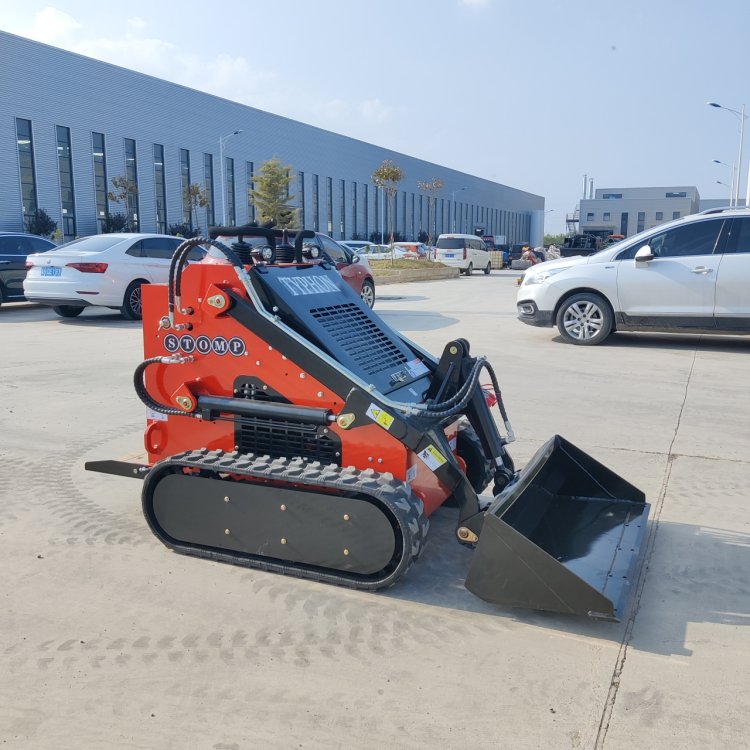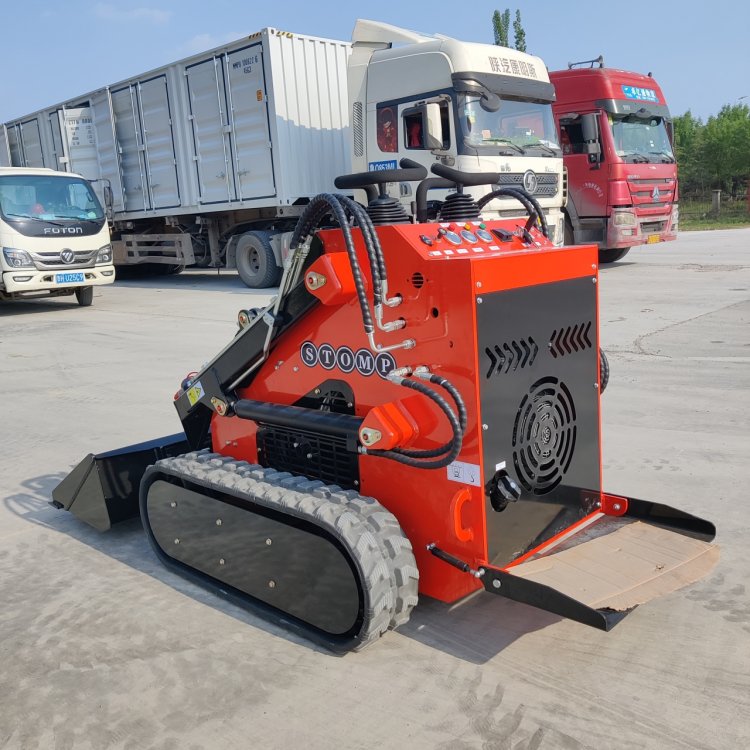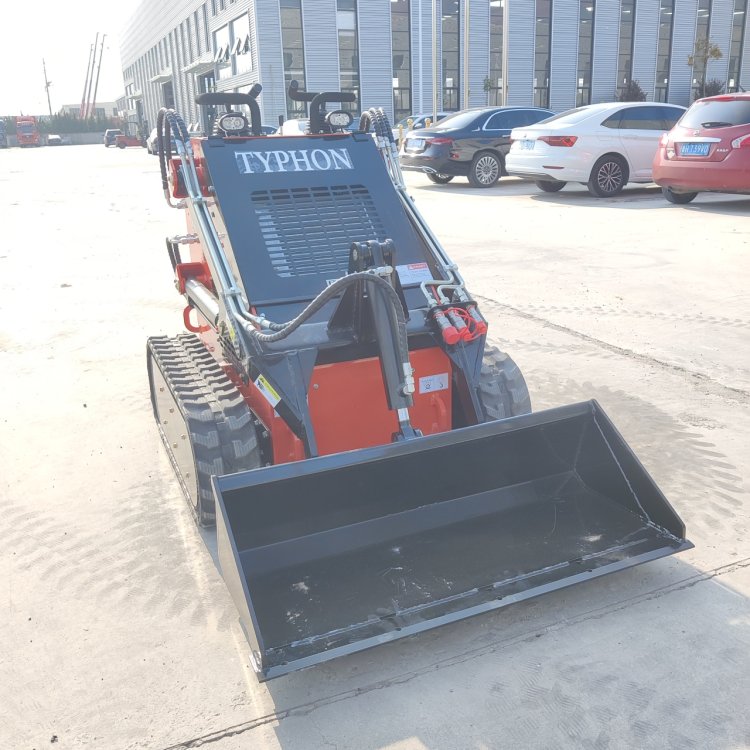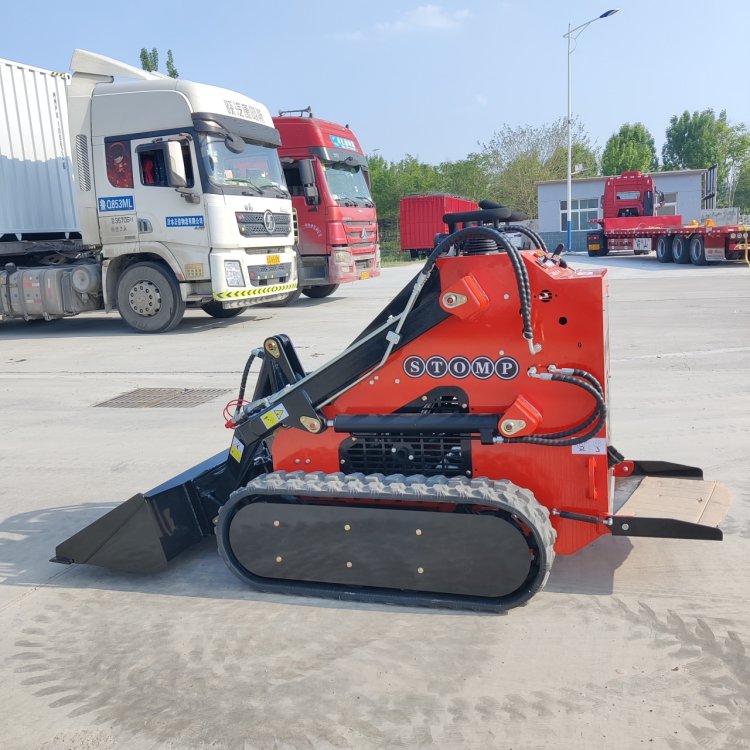How To Operate Skid Steer: Mastering Skid-Steer Loader
Skid steer loaders are multipurpose equipment that are able to execute a broad variety of operations on construction sites, including digging, excavating, moving materials, and transporting them. It might be scary to climb behind the controls of a skid steer for the first time,
How To Operate Skid Steer: Mastering Skid-Steer Loader
Skid steer loaders are multipurpose equipment that are able to execute a broad variety of operations on construction sites, including digging, excavating, moving materials, and transporting them. It might be scary to climb behind the controls of a skid steer for the first time, especially if you are new to operating one. To quickly learn the skill of operating a skid steer and get the confidence to take on a wide variety of undertakings, however, all it takes is some practice and the understanding of a few fundamental standards.
This article will provide detailed instructions on how to operate a skid steer, beginning with how to prepare the machine for operation and progressing through how to use the loader arms and attachments to lift and move cargo. When it comes to operating a skid steer, you're likely to run into a number of typical issues, so we'll go over some crucial safety standards as well as the best practices and procedures for doing so.
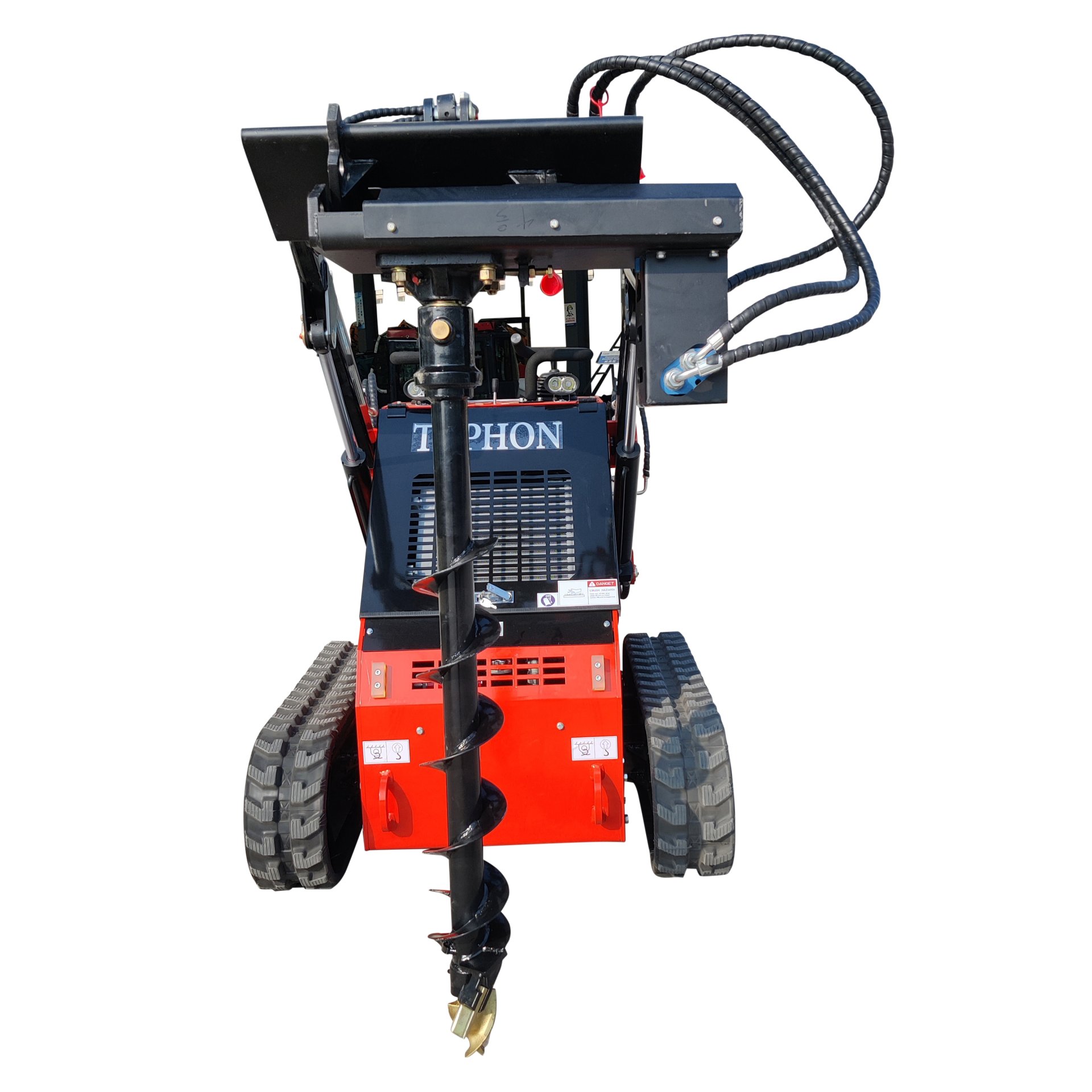
What is a Skid Steer?
Before we dive into the specifics of how to operate a skid steer, it's important to understand what this machine is and what it can do. A skid steer is a compact, maneuverable loader that is typically equipped with four wheels or tracks, making it suitable for use in tight spaces and rough terrain.
The loader arms of a skid steer can be outfitted with a wide range of attachments, such as buckets, forks, augers, and trenchers. This versatility makes skid steers popular on construction sites, farms, and other job sites where there is a need for moving materials or excavating.
Components of a Skid Steer
Skid steer loaders consist of several main components, including the cab, engine, hydraulic system, loader arms, and tires or tracks. Understanding these components and how they work together is essential for proper operation of the machine.
The cab is the enclosed area where the operator sits and controls the machine. It is typically equipped with controls for the engine, loader arms, and other systems, as well as gauges and displays for monitoring the machine's performance.
The engine is the power source for the skid steer and is typically located at the rear of the machine. It provides the energy needed to operate the hydraulic system, which controls the loader arms and other attachments.
The loader arms are the long, sturdy arms that extend from the front of the skid steer and are used to lift and transport loads. The arms are typically controlled by hydraulic cylinders, which provide the lifting and lowering power.
Finally, the tires or tracks of a skid steer are an important consideration. Tires are typically used for indoor and paved surfaces, while tracks provide better traction on rough or uneven terrain.
Safety Precautions
Before operating a skid steer, it is essential to take safety precautions to prevent accidents and injuries. Here are some safety tips to keep in mind:
- Wear proper personal protective equipment (PPE), including a hard hat, eye and ear protection, and sturdy work boots.
- Inspect the skid steer before each use to ensure that it is in good working condition. Check the tires, fluids, brakes, and controls.
- Follow the manufacturer's instructions and warning labels.
- Never exceed the load capacity of the skid steer or the bucket attachment.
- Keep bystanders and other workers at a safe distance from the skid steer while it is in operation.
- Use caution when operating on slopes, wet or uneven surfaces, and near other obstacles.
- Always lower the bucket or attachment to the ground when exiting the skid steer.
Preparing the Skid Steer for Operation
Before you begin operating the skid steer, there are several important steps to take to prepare the machine for use. These steps will help ensure that the skid steer is in good working order and that you are familiar with its controls before you start operating.
First, perform a visual inspection of the skid steer to check for any damage or wear and tear. Look for things like dents, cracks, or leaks, and make sure all safety features are in place and functioning properly.
Next, check the fluid levels in the engine, hydraulic system, and other systems. Refer to the owner's manual for instructions on how to check and top off the fluids as needed.
Once the skid steer has been inspected and the fluids are topped off, it's time to start the engine. Refer to the owner's manual for instructions on how to start the engine, as the process may vary depending on the make and model of the skid steer.
Once the engine is running, take a few minutes to familiarize yourself with the controls of the skid steer. This includes the joystick controls for the loader arms, as well as any other controls for the hydraulic system, engine, and other features. Refer to the owner's manual if you have any questions or concerns about the controls.
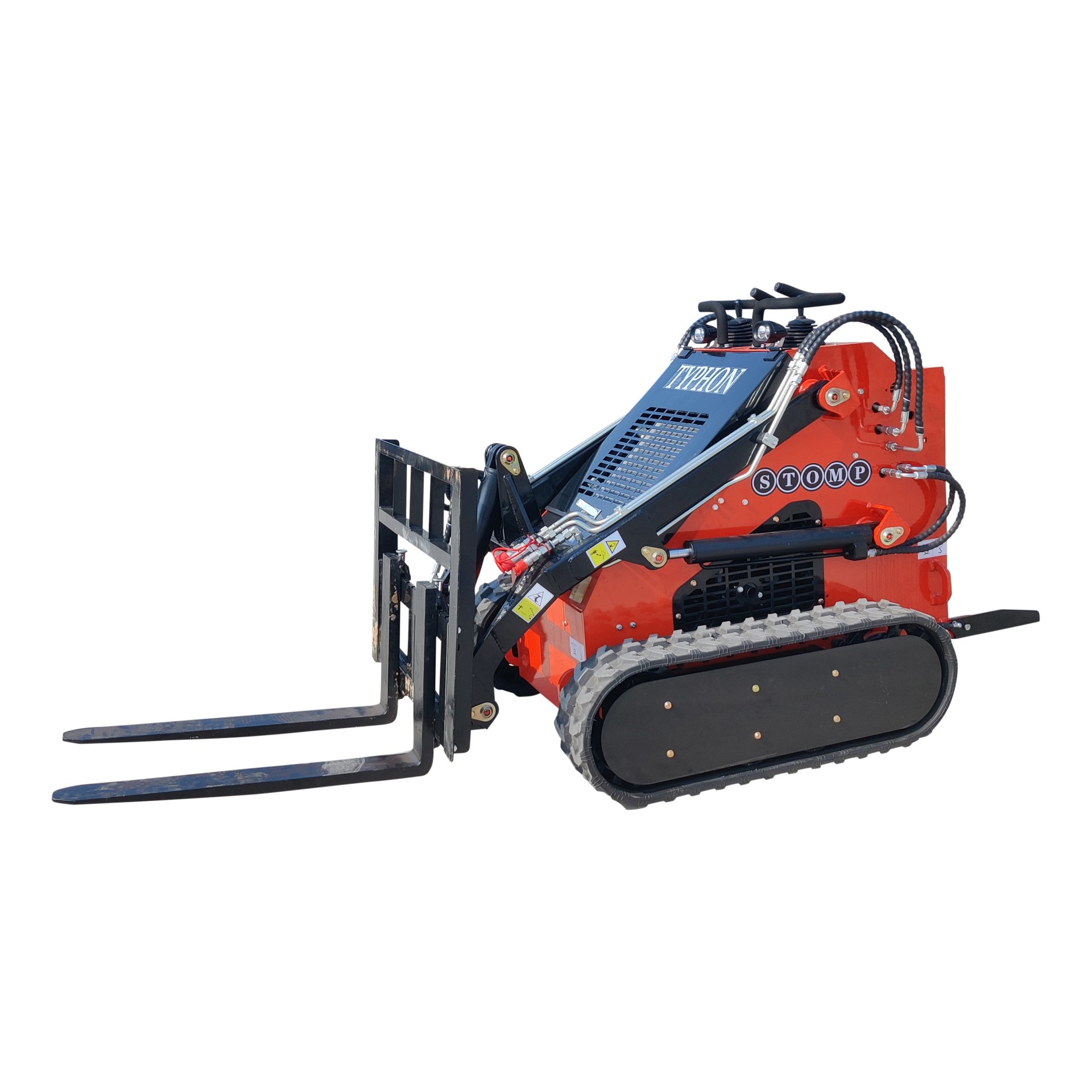
Operating the Skid Steer
Now that you're familiar with the components of the skid steer and have prepared the machine for operation, it's time to start using the loader arms and attachments to move loads. Follow these step-by-step instructions to operate the skid steer safely and efficiently:
- Choose the right skid steer and tools for the job: Skid steers can be used for various tasks, so it's important to choose the right one that will best fit your job. Some skid steers are designed for specific tasks such as digging, grading, or lifting. Make sure you select the right skid steer and attachments that you'll need for the job at hand.
- Read the owner's manual: The owner's manual will usually have instructions on operator safety and how to run the skid steer. Familiarize yourself with the controls, safety features, and any other operational requirements before using the machine.
- Get into the skid steer safely: Make sure the bucket is lowered to the ground before entering the cab. Face the skid steer with both hands on the grab bars. Go up the steps and shut the door. Adjust the seat and buckle up for safety.
- Practice raising and lowering the boom: Before going anywhere, practice raising and lowering the boom using the right joystick. To raise the boom, pull the right joystick back, and to lower the boom, push it forward. Once you're comfortable with this, practice using the dumping and scooping controls.
- Drive the skid steer: Use the left joystick to drive the skid steer. To propel the skid steer forward, push the left joystick forward with your left hand. To go in reverse, pull the left joystick back. Always know where your mirrors are when going in reverse. To turn left, push the left joystick to the left, and to turn right, push it to the right.
- Practice picking up and dumping material: Once you're comfortable with all the controls, you're ready to use your skid steer to scoop up a pile of material. Your boom should be low and to the ground when approaching the pile. Drive to the material pile, stop the machine just before you get to the material pile, and use the bucket to scoop up the material. When you're ready to dump the material, drive to the dump pile, position yourself in front of the dump pile, and lower the boom to dump the material.
- Follow safety guidelines: Like any type of heavy equipment, skid steers can be dangerous and even fatal if certain safety measures aren't taken. The most common causes of skid steer injuries and deaths are crushing and rollover accidents, and in most cases, they can be prevented. Keep these tips in mind when operating a skid steer and always refer to your machine's operator manual for specific safety guidelines.
Best Practices for Skid Steer Operation
To operate a skid steer safely and efficiently, it's important to follow these best practices:
- Always wear personal protective equipment (PPE), including a hard hat, safety glasses, and steel-toed boots.
- Never exceed the weight capacity of the skid steer or the attachment you are using. Overloading the machine can cause it to tip over or lose control.
- Keep the loader arms and attachments as close to the ground as possible to maintain stability and prevent tipping.
- Be aware of your surroundings at all times and watch for obstacles, including overhead hazards, soft ground, and other workers on the job site.
- Always engage the parking brake and lower the loader arms to the ground before leaving the skid steer.
Common Problems with Skid Steer Operation
Even with proper preparation and best practices, skid steer operation can still present some challenges. Here are a few common problems you may encounter when operating a skid steer:
Tipping over: Skid steers have a high center of gravity, which can make them prone to tipping over if the loader arms are raised too high or if the machine is operated on uneven ground.
Stalling or overheating: Skid steers can stall or overheat if the engine is not properly maintained or if the machine is operated for extended periods without a break.
Difficulty steering: Skid steers can be difficult to steer if the tires or tracks are not properly aligned or if there is excessive wear on the steering components.
Summary
The thought of getting behind the wheel of a skid steer for the first time might be scary, but with a little bit of experience and a few pointers on the basics, anyone can learn to operate this versatile machine in a way that is both safe and effective. It is imperative that you do not forget to acquaint yourself with the controls of the skid steer, ready it for use, and follow all of the recommended procedures for safe operation. If you run into any issues, the owner's manual is available for your perusal, or you can seek the advice of a trained specialist.
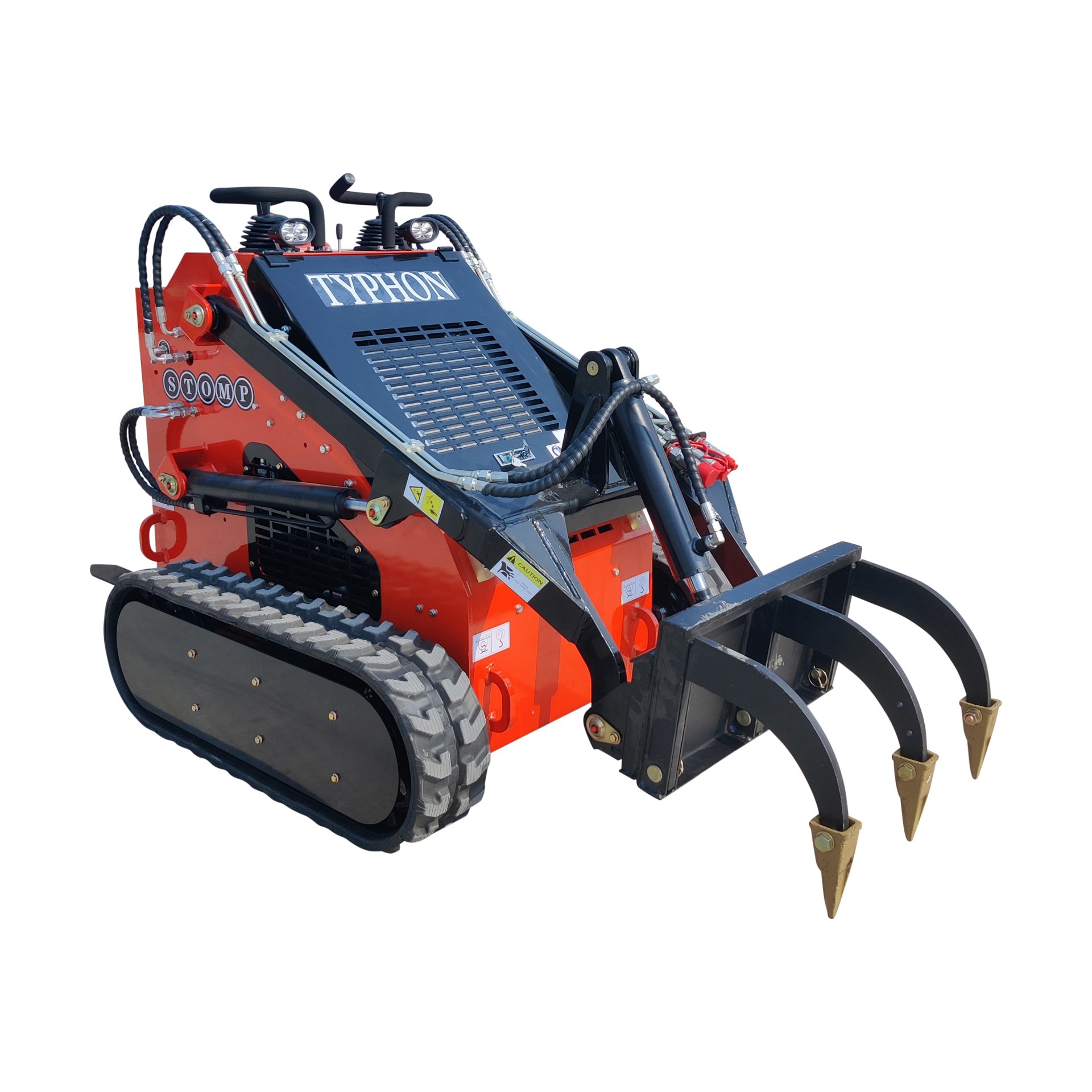
FAQs:
What kind of attachments can be used with a skid steer?
Skid steers can be equipped with a wide variety of attachments, including buckets, forks, augers, trenchers, and more. The type of attachment you use will depend on the specific task you are performing.
How can I maintain my skid steer to prevent problems?
Regular maintenance is key to preventing problems with your skid steer. This includes checking fluid levels, inspecting tires and tracks, cleaning filters, and lubricating moving parts. Be sure to follow the manufacturer's recommended maintenance schedule and seek assistance from a qualified technician if you encounter any issues.
What should I do if I encounter a problem while operating a skid steer?
If you encounter a problem while operating a skid steer, the first step is to stop the machine and assess the situation. Refer to the owner's manual or seek assistance from a qualified technician if needed. It's always better to address problems as soon as possible to prevent further damage or safety hazards.
Is it necessary to wear personal protective equipment (PPE) when operating a skid steer?
Yes, wearing PPE is essential when operating a skid steer or any heavy equipment. This includes a hard hat, safety glasses, steel-toed boots, and any additional gear required by your employer or local regulations. PPE can help prevent serious injuries and should always be worn when operating heavy machinery.

 machineryasia
machineryasia 